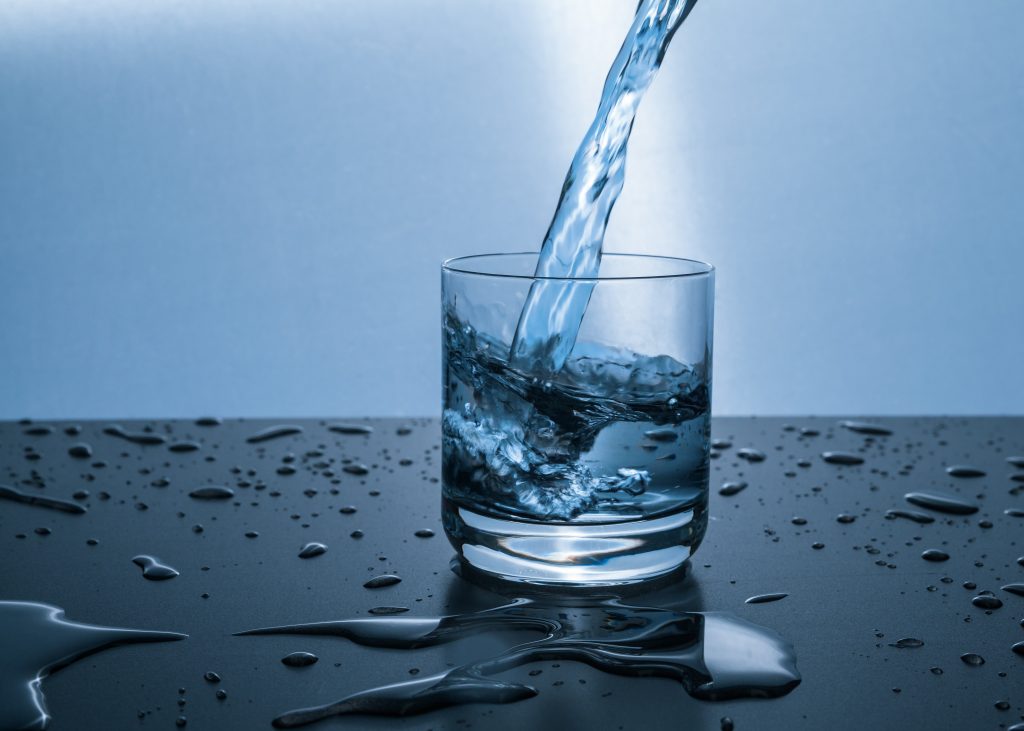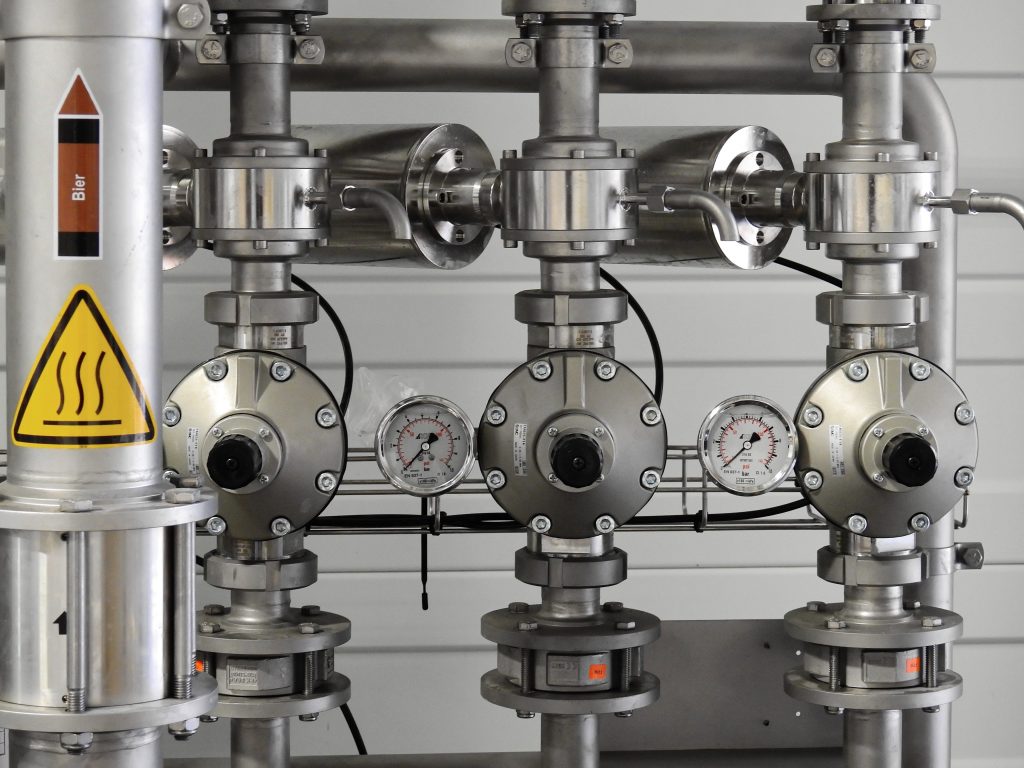
Water. It includes over two-thirds of the weight of the human body and a huge part of your own brain. You need it to live, and hopefully, you’re consuming between 2-3 litres of water a day. But if you are, what exactly are you drinking? What is in your water source and what microscopic baddies have hitched a ride on your H2O?
Contaminated water supplies have been responsible for significant outbreaks of severe gastrointestinal illnesses such as gastroenteritis and infections caused by the protozoan parasites Cryptosporidium and Giardia. Gastrointestinal illnesses can be especially acute especially to younger children, the elderly and individuals with weakened immune systems.
Private water supplies may also be polluted by various substances or compounds which, at elevated amounts, can be damaging to your health. If your primary source of water is from a water tank, it is imperative to do water checks from time to time. If you are buying a house through a no agent property sale, it is imperative that you do your researches on things like the water quality, the sewage system, electricity, and more on your own because you do not have an agent who will usually do these things for you.
How to Test The Water Quality
As a result of modern chemistry, we could detect thousands of substances in water, even in extremely low concentrations. The ever-growing collection of tests which can be found can feel overwhelming, and the huge majority of methods require state-of-the-art lab facilities. Fortunately, we do not need to test for everything! A much smaller and more functional set of tests can provide good awareness of chemical water quality for tracking purposes. The great news is that there are low-tech variations of these tests for scenarios when budgets are limited.
Ways of Testing
There are numerous ways of testing the water at any property, but the easiest by far would be by using kits. These kits could be used anywhere, so it is the perfect tool for DIY homeowners or those who are trying to sell their homes without agents should the prospective buyer asked them to do so. The most common test methods to test the chemical make up in the waterfall into three types:
Evaluation strips — All these are little, single-use strips that change colour to indicate that the concentration of a specific chemical. Depending on the special evaluation, the user “activates” the plastic or paper strip by dipping it in the water sample and then swishing it around, or simply by holding the strip at a flow of water. After waiting for a brief time, the consumer compares the test strip colour with a colour graph to see the concentration of this chemical. These kits are incredibly straightforward, but they’re less precise than other procedures, especially if users do not comply with the instructions.
Colour disk kits — Color disc test kits are available for a wide range of chemical evaluations. In these setups, the common procedure will entail the user to add a packet of powder or droplets of a liquid agent to a sample of the water in a plastic tube. The user then puts the sample tube in a small plastic viewing box. This viewing box includes a plastic disc with a colour gradient printed on it. The user rotates the colour disk to find the part that best matches the colour of this sample, and then reads the attention of the substance from the disk. Colour disk kits normally have multiple steps and frequently comprise prescribed wait times, so they’re a bit more complicated and expensive, but normally more precise.
Hand-held digital devices — Lightweight and portable electronic meters, colourimeters, and photometers are offered for water testing. They provide the most accurate results of the three testing methods, however, they are even more expensive and fragile than the previous choices. These tools require batteries and calibration. While digital tools are helpful to field technicians and are an essential part of any constant or remote observation system, they are not likely to be suitable for “citizen science” or crowdsourced water quality testing.

Typical Contaminants
There are various things that decide the quality of the water. A few frequent contaminants:
‘Annoying’ Micro-bacterias
These type of bacterias are not directly harmful to you, but they do create a product of sulphur and iron to the water as they grow. They also accumulate and form a biofilm on the surface of the water and on the drains. That is why it is imperative to clean the drains once in a while.
Disease-causing bacteria
- Most typical are e. Coli and coliform, but also include fecal coliform and fecal streptococci, amongst others
- You don’t need any of these from the water
Iron
- Orangey in colour can cause stains on laundry and fittings and may have a bitter flavour
- Watch everything you can do if your iron levels are too large
- These can come in from various causes; it could be from your own old plumbing pipes, in which case a pipe relining has to be scheduled immediately.
Manganese
Causes purple or black colour in water and may stain fixtures, and cause a sour taste
Hydrogen sulphide (sulphur)
- Smells like rotten eggs
- Can be naturally occurring, and occasionally caused by bacteria
Hard water
- Caused by calcium carbonate (salt)
- Watch everything you should look for in a water softener
Lead
- Could result from leaded solder, and old metal components like older pipes, or, an older metal water tank. Opt for plastic water tanks and schedule an appointment with your plumber to check the pipes as soon as possible.
- A neurotoxin which is very dangerous to consume
Sand or grit
Most authorities have their own set of recommendations for acceptable levels of approximately a hundred unique attributes (e.g. here would be the EPA contaminants constraints, to my understanding from North America, local standards are at or below these amounts).
There are currently (to my knowledge, at least) no continuous processes for checking bacteria — although I do know of a minimum of one company who has been working on it for commercial uses (I would guess it would cost upwards of $20k). There are some sensors that can monitor other features. Most are prohibitively expensive for a house.
Here is the thing though — all these attributes will probably not change, definitely not fast enough to actually monitor on your residence. Bacterial contamination can grow and spread as time goes especially if your water source is already biofouled, but otherwise, if you do not have other sources of water-surface contamination (such as a poorly-constructed 5000 litre water tank that is not sealed correctly, a dug well, or a nicely with direct influence in the body of water) then generally, the water quality will be fairly steady.
One last thing to note, although these testing kits are relatively inexpensive, and you can quickly conduct the tests in your home. But be careful: it’s not really possible to measure your water quality or security using just water quality test strips. They can give you a good notion of what is on your water and assess that your therapy is working, but you shouldn’t base the cleanliness of your own water on test strips alone. Speak to a professional that understands the chemistry of the water and how all the different factors interact to think of treatment choices.